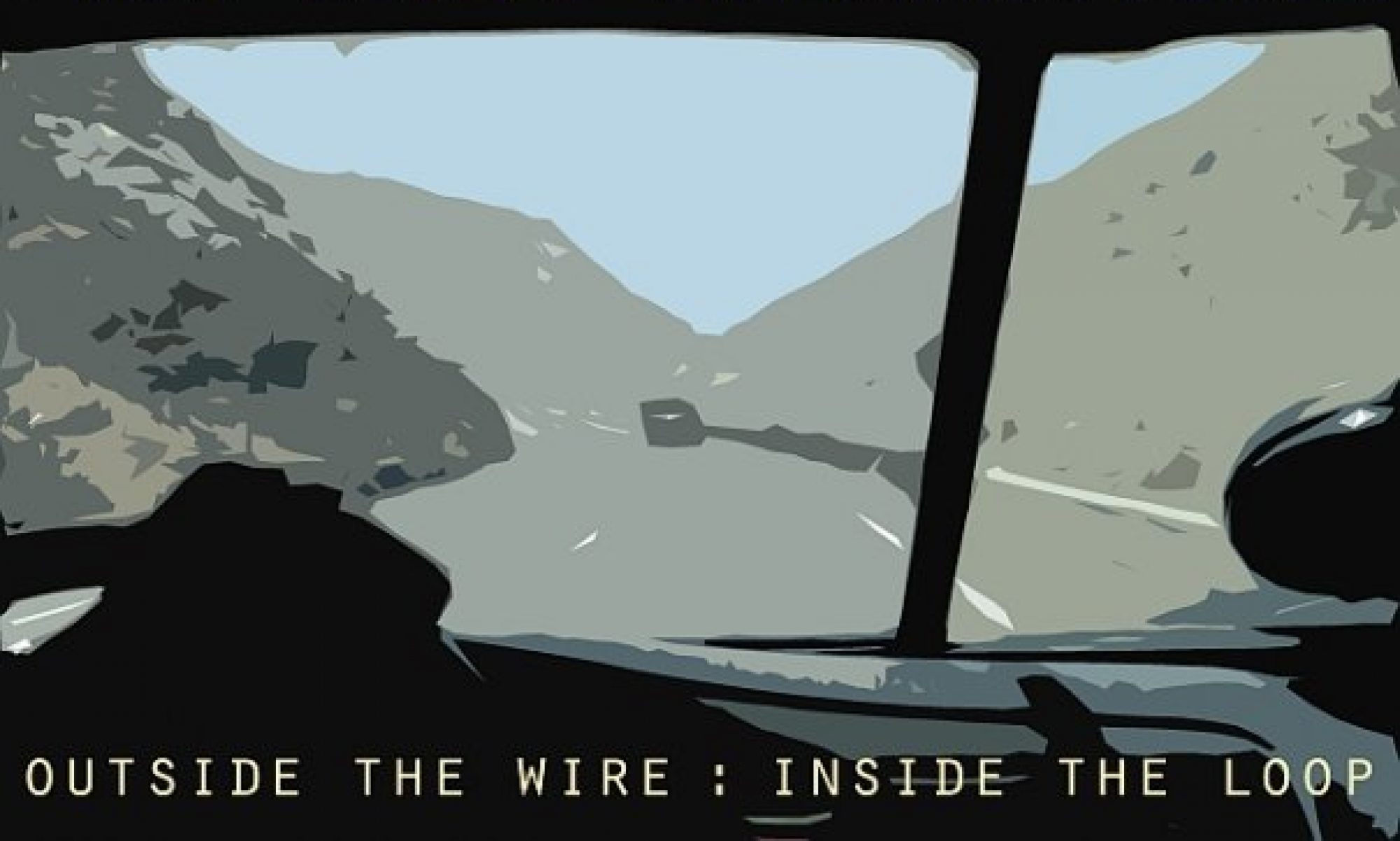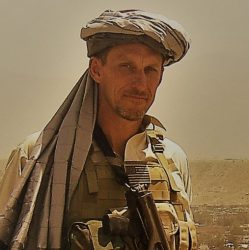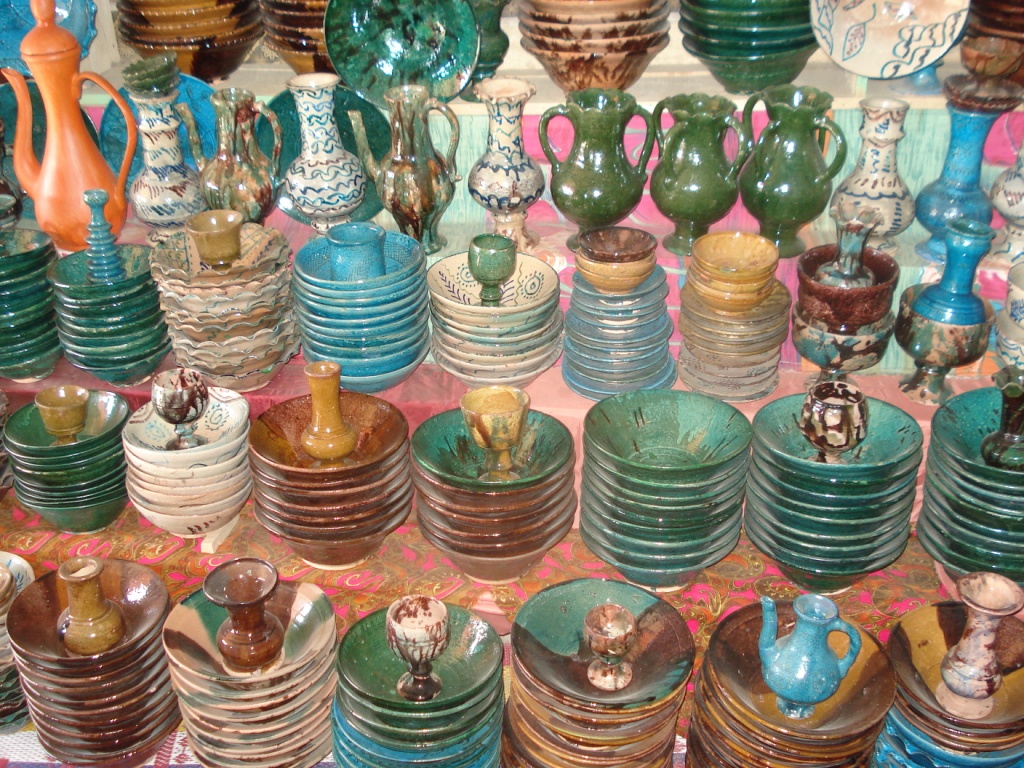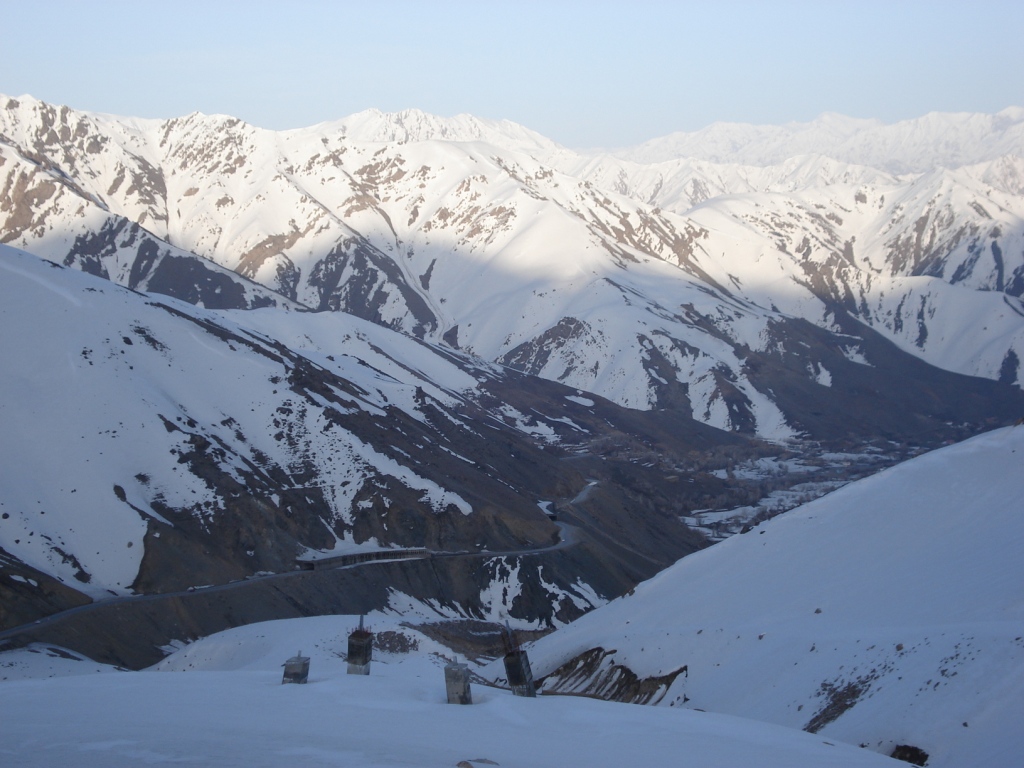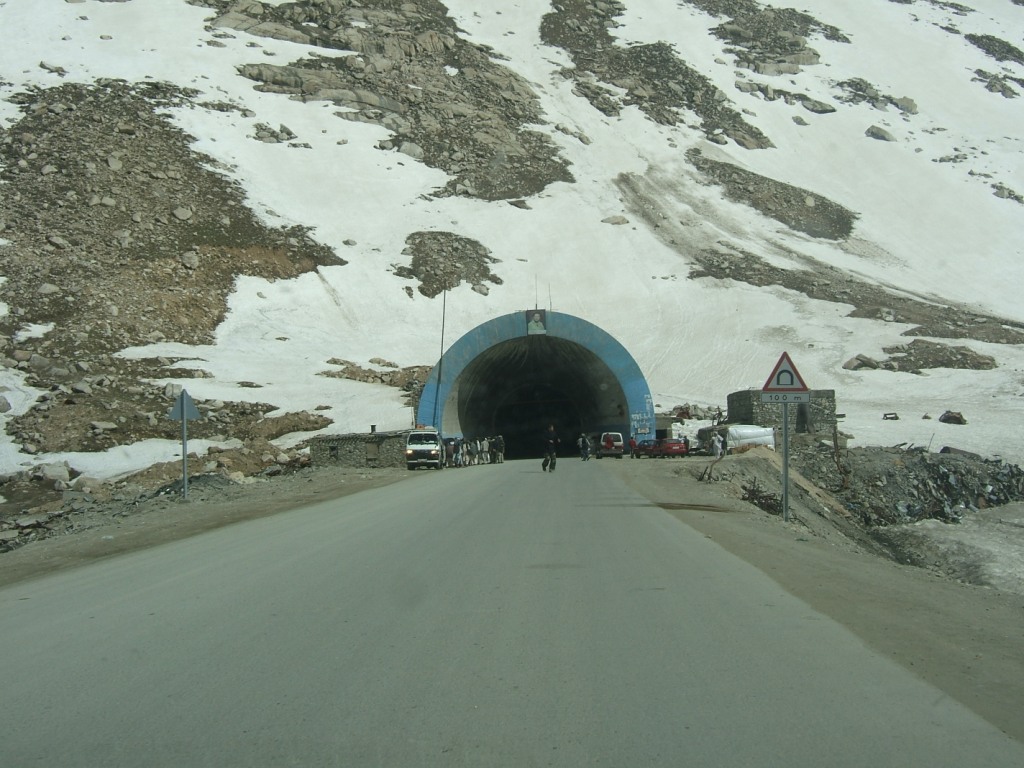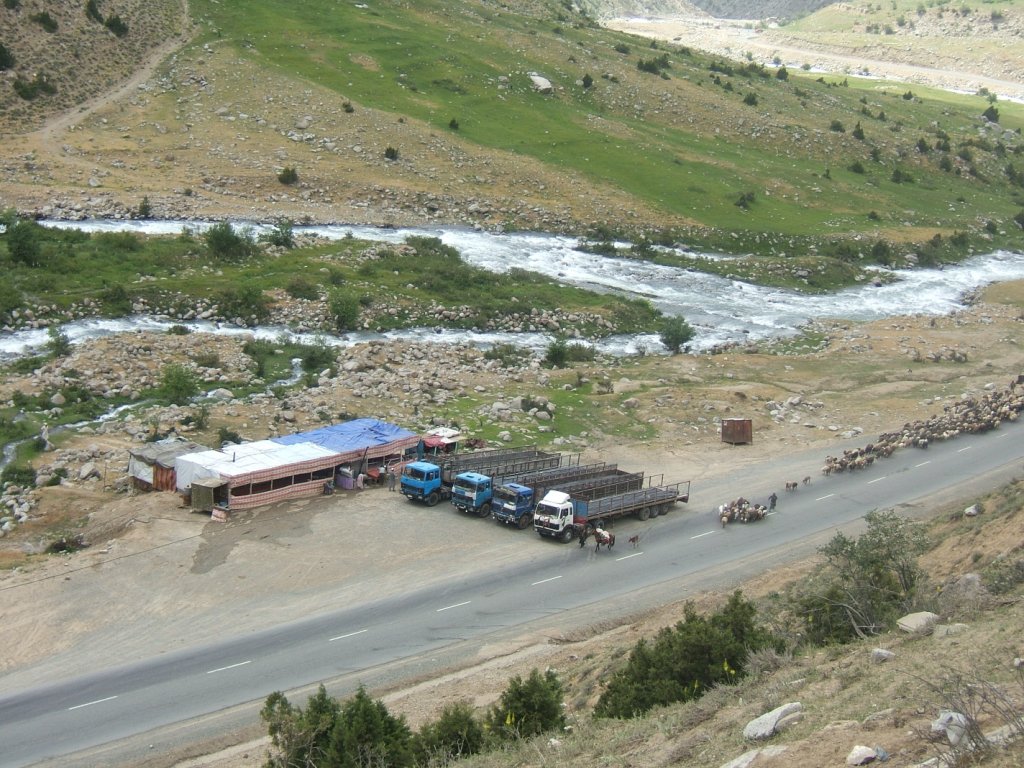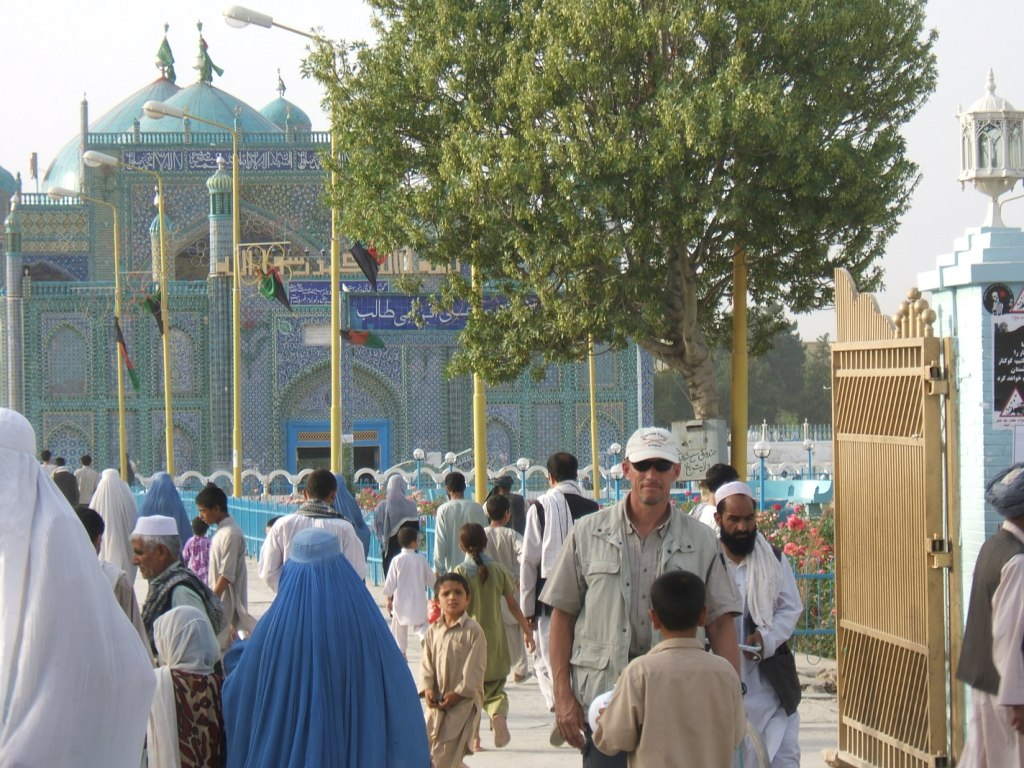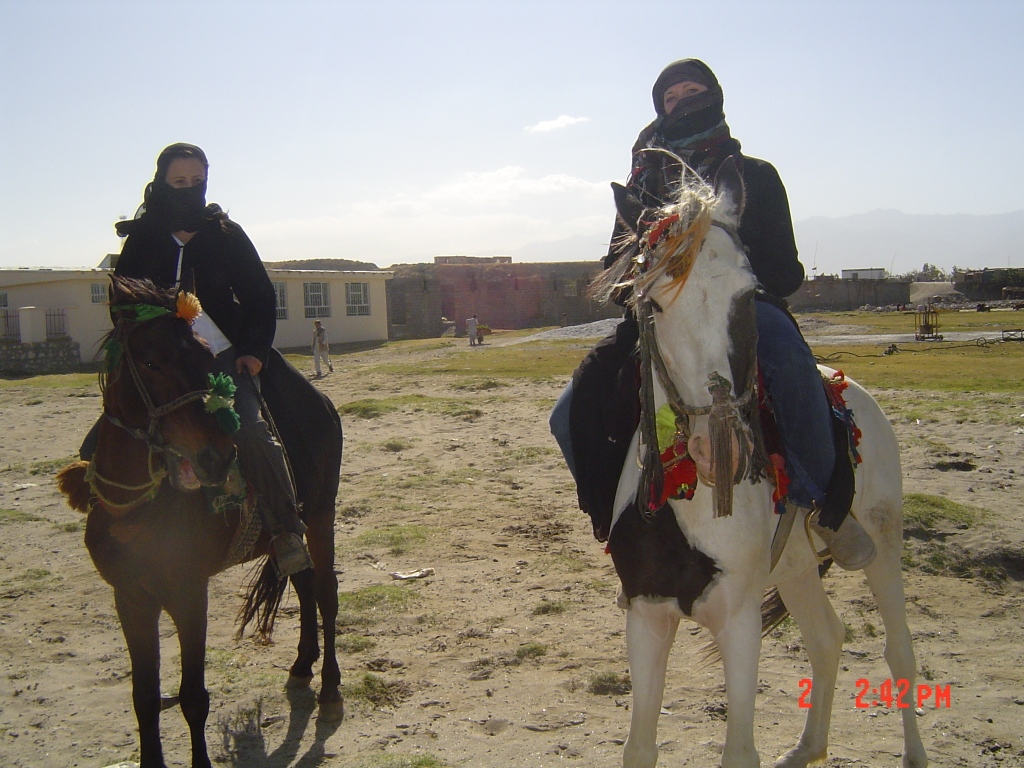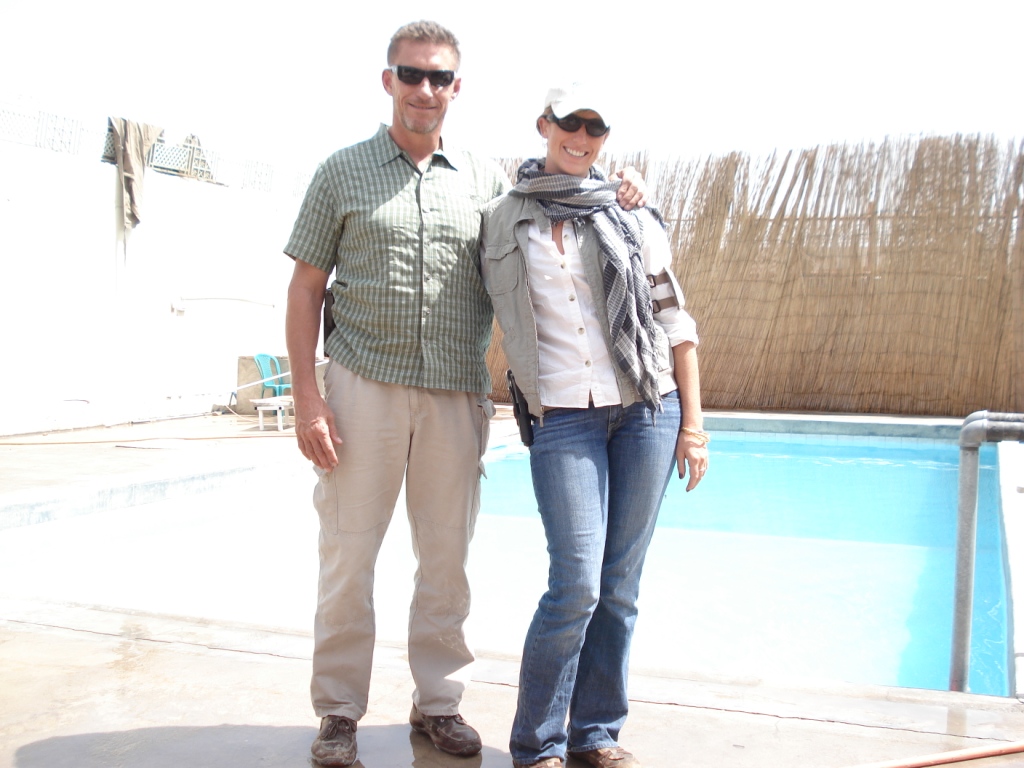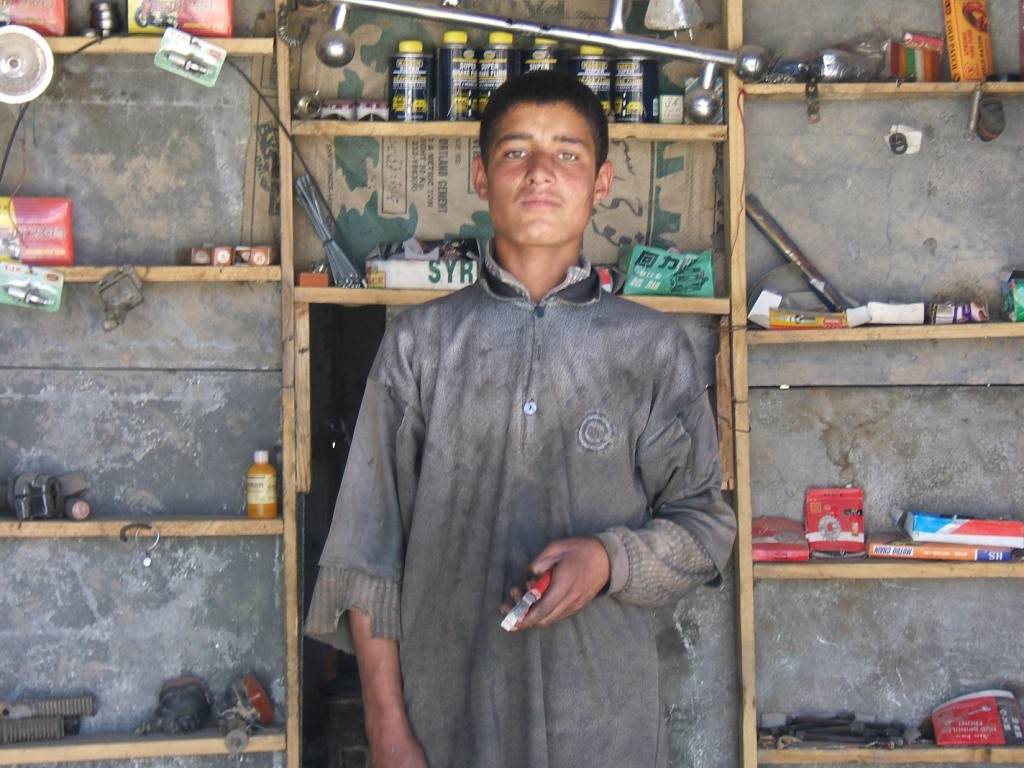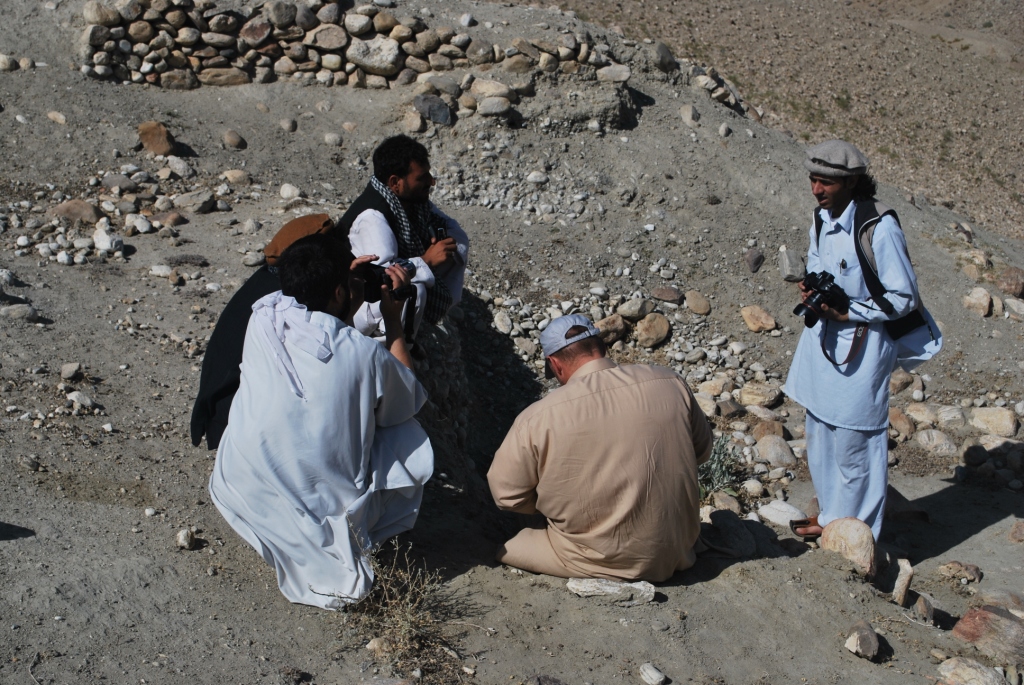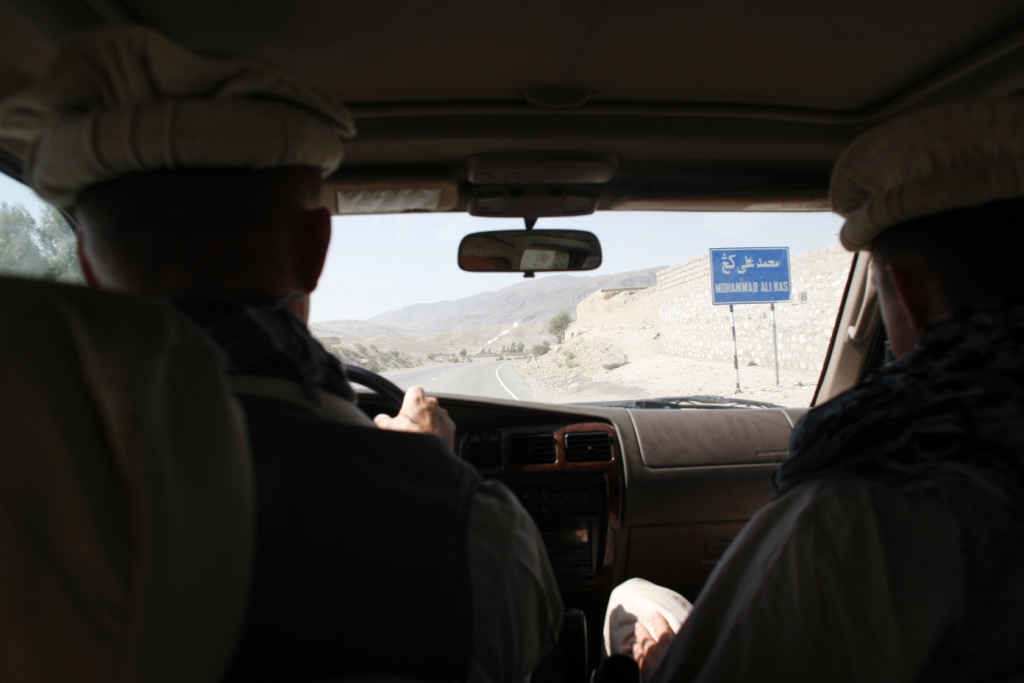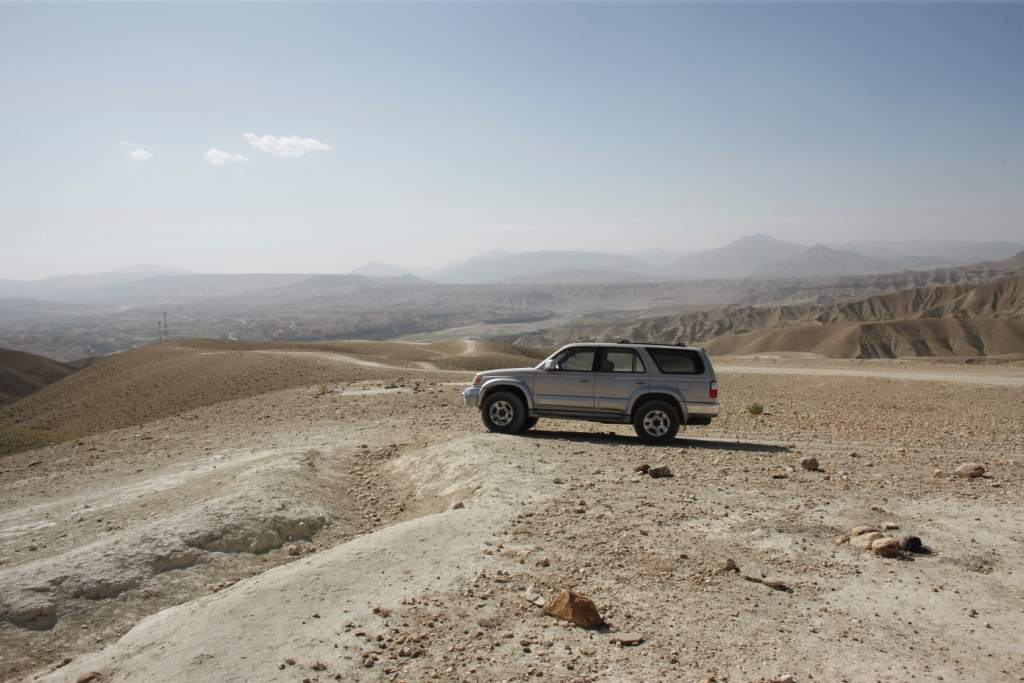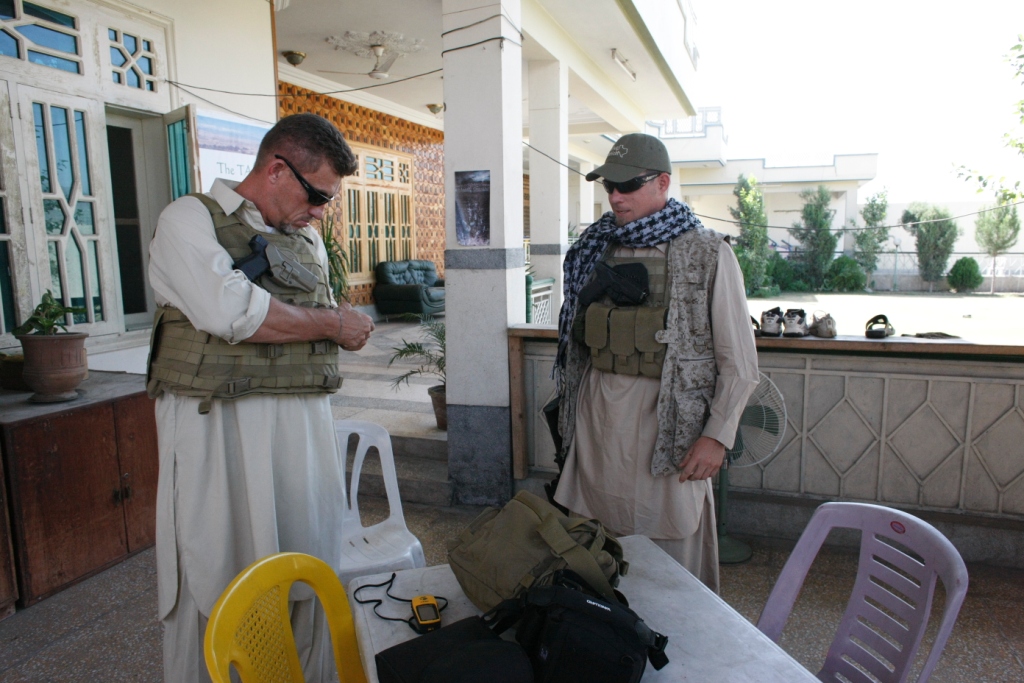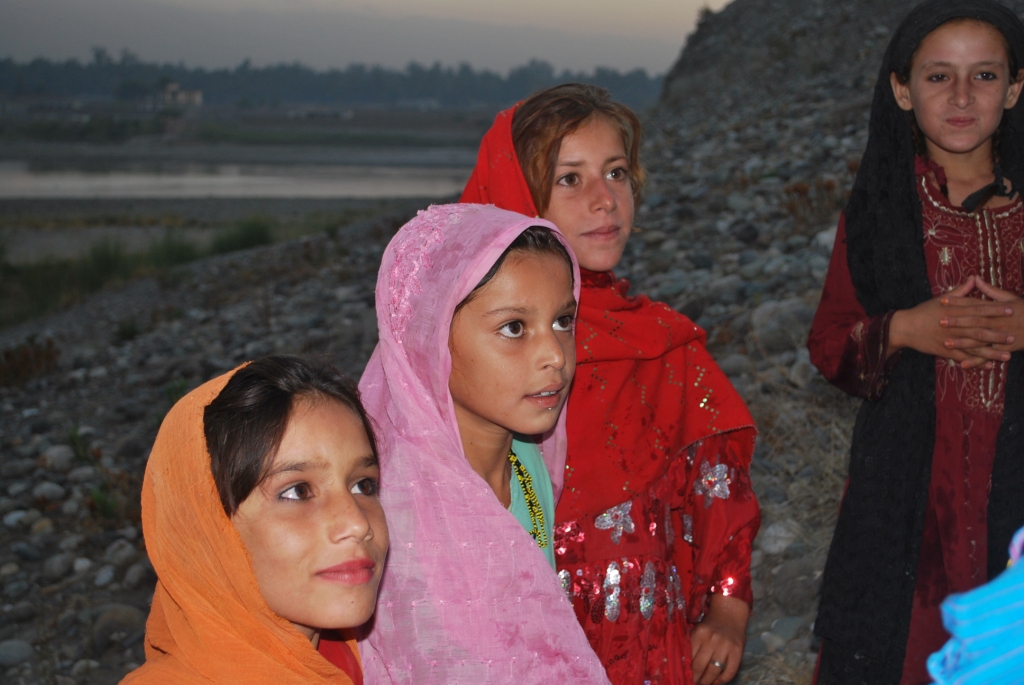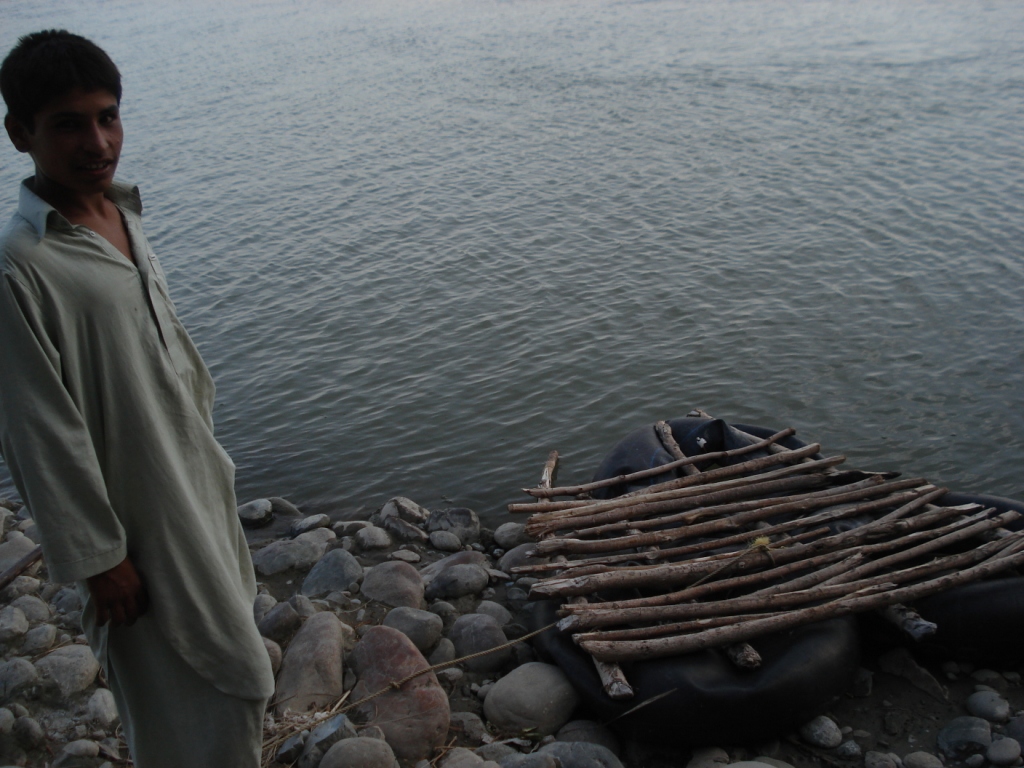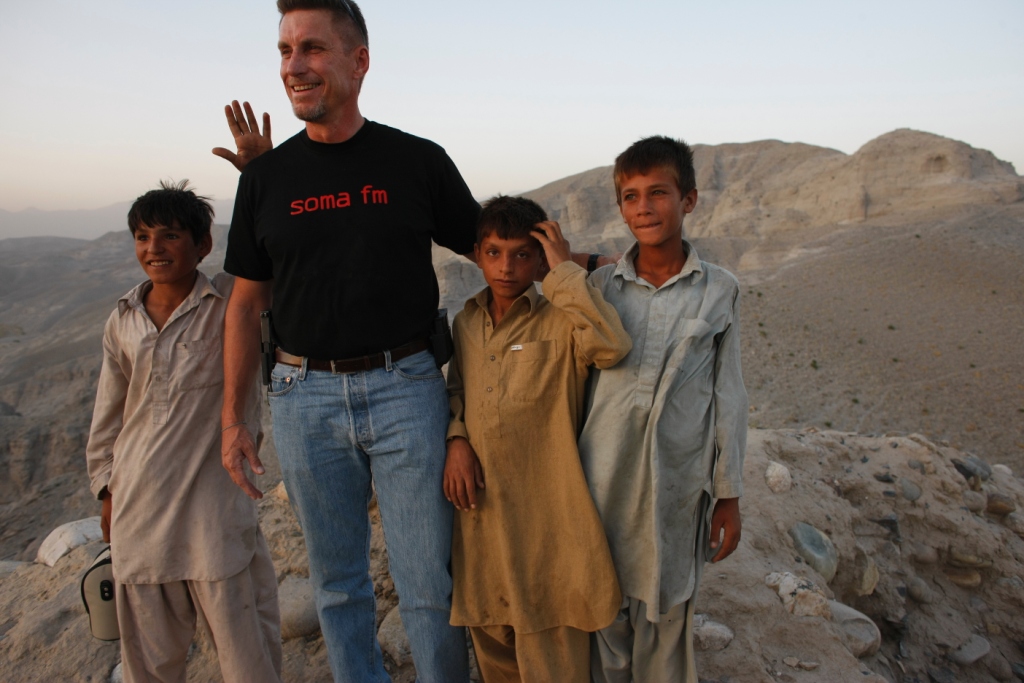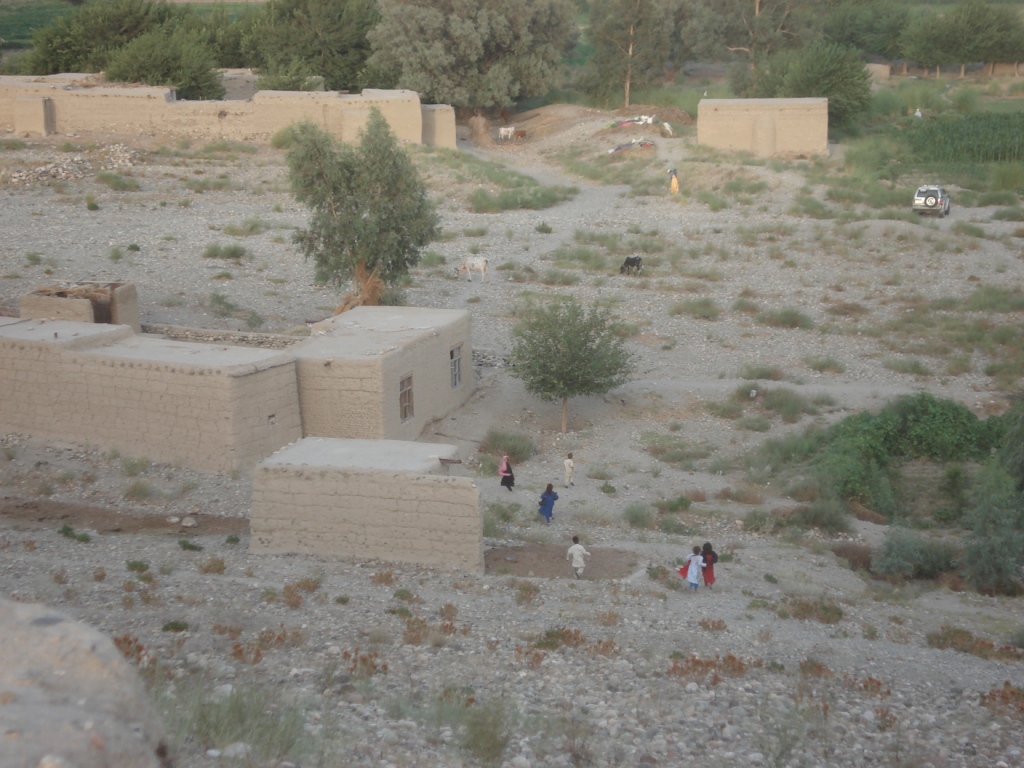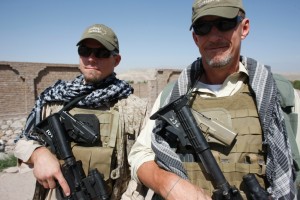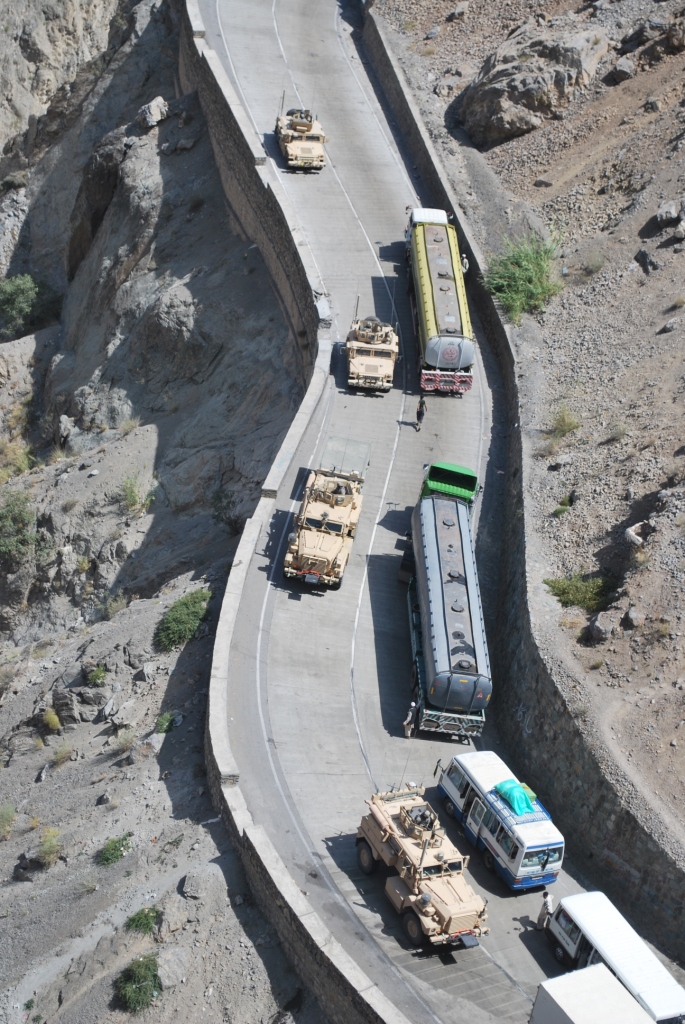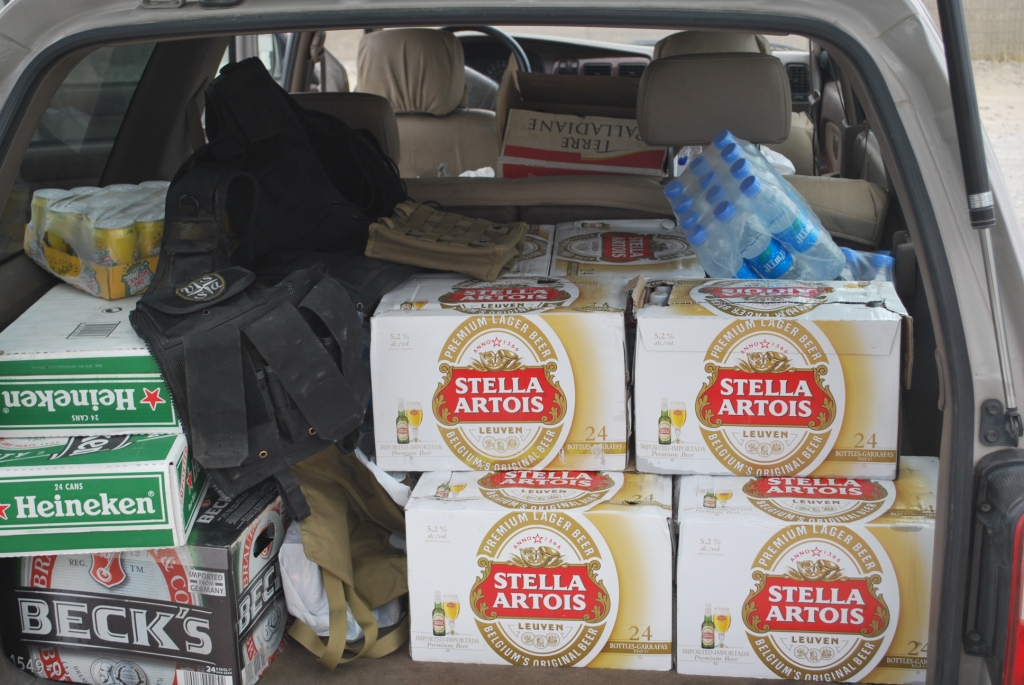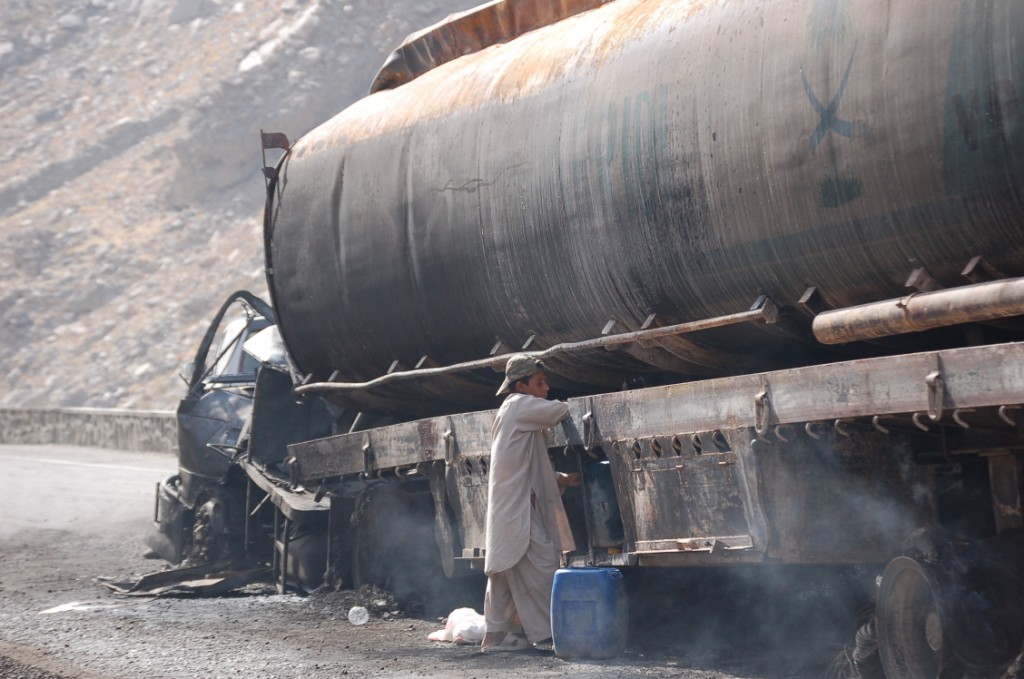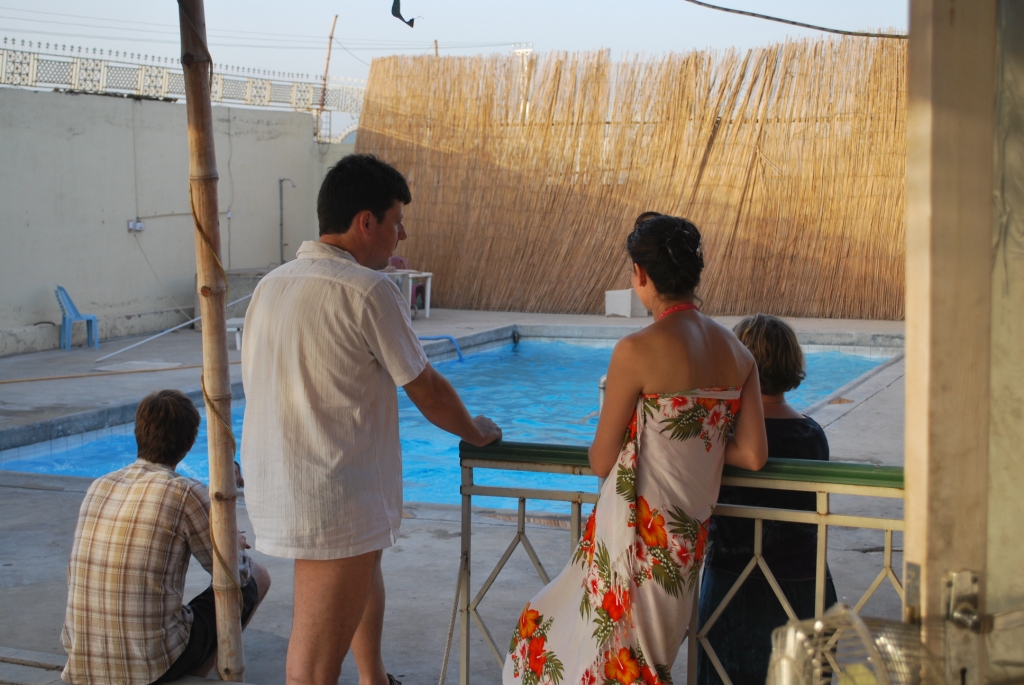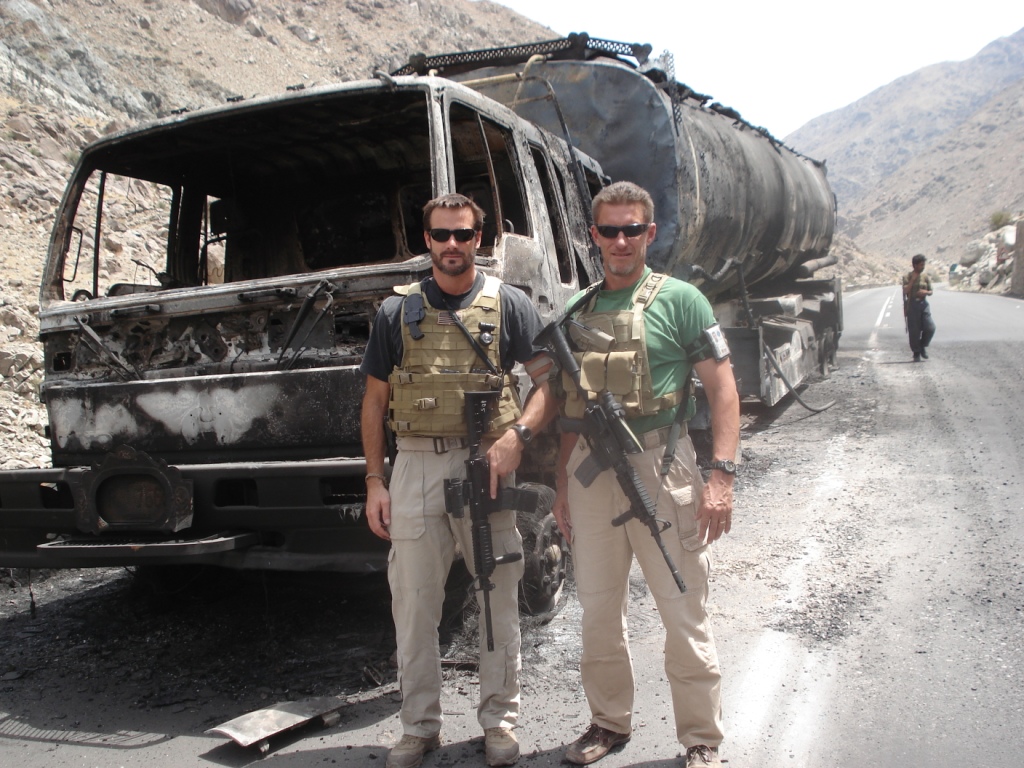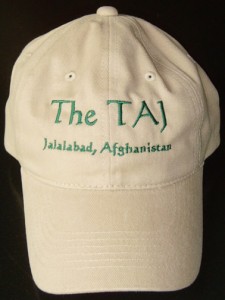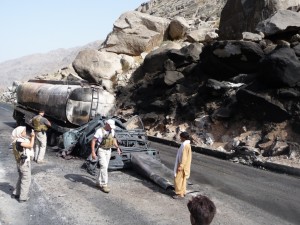The northern regions of Afghanistan are the safest areas in the country. A majority of the population in these provinces is Tajik or Hazara and was not known for supporting the Taliban. We routinely travel in the north without body armor or rifles and occasionally leave the side arms at home out of respect for the local leaders and populace. All my trips into the north have terminated in the fabled city of Mazar-i-Shariff, where our main client, JICA (Japan International Cooperation Agency), has an office and several programs.
The trip north starts by crossing the Shamali Plain (Shamali means “windy” in Dari), which saw much fighting during the Soviet invasion in the 80s. As a point of interest, the main road from Kabul to Bagram airbase used by our armed forces today was built by the Soviets so they could stay out of the Shamali plain as much as possible. The Soviets fought hard and often all along the main road to the north. After the Northern Alliance and our SF teams drove out the Taliban in 2001, there has been no fighting or attacks on the international or Afghan military on the plain or anywhere else along the route to Mazar-i-Shariff.
In 2006, an American army convoy caused a fatal traffic accident where the roads above terminate inside Kabul. They opened fire on the crowd that gathered at the accident site, sparking an entire day of rioting in Kabul. Unruly and agitated crowds are a staple at Afghan traffic accidents, which occur frequently and tend to be gruesome given the speeds at which Afghans drive and their propensity for stuffing extra women and children in car trunks or on roof racks. Firing into the crowd that day (I saw it live on Tolo TV) is a symptom of the big base, big army mentality that infected our efforts here as soon as the regular army took over the fight. The soldier I saw unleash his 50 cal into the Afghan crowd at point-blank range was scared. He was scared because he did not understand Afghanistan or its people, and he thought the crowd was after him and his fellow soldiers. This was four years after we first set foot in the country. Today, some seven years into the fight, a majority of the soldiers are just as clueless about the Afghan people and their customs as the knucklehead on the machine gun that day. But I digress.
Halfway across the plain is the town of Istalif, famous for its pottery. With a bit of haggling and good humor, you can buy any of these pieces for just one dollar, although after haggling and completing the sale, I always give a tip. Haggling is fun, but a couple of extra dollars thrown in at the end of the deal is fun too. Afghans seem to enjoy foreigners who are funny and fair.
After getting through the Shamali, you have to climb up the Salang Pass, which is 12,723 feet up into the Hindu Kush Mountains, making it one of the highest roads in the world. Here is a view going up the pass and looking back towards Kabul.
The Soviet Union built a tunnel through the pass back in the 60’s, which is 2.6 kilometers long and scary. The roadbed is pitted and often filled with slush, the evacuation fan system stopped working decades ago, it is dark, and the Afghans cannot deal with vehicle accidents or any serious injuries. In 1982, an explosion in the tunnel caused the Soviets to block both ends as they thought there was an attack in progress. Those trapped inside kept their vehicles running to avoid freezing, the resulting buildup of carbon monoxide and smoke killed as many as 700 Soviet troops and over 2,000 Afghans.
Once you’re through the Salang tunnel, it is a steep drop down into the valley floor where one can find the best fresh fish in Afghanistan. Here is my favorite seasonal fish stand seen from the road above:
Like I said, it is a step grade down the north side of the Salang
The guys sitting behind me in the picture above are truck drivers who wandered over just in case I ate like an Afghan, which is to share food and drink automatically. I have been here long enough to understand that, so the three of us tucked into the excellent fish and engaged in conversations using a mix of basic Dari, American slang, and sign language.
The drive from the Salang Pass to Mazar is pleasant and fast over good roads. The largest city along the route is Puli Khumri, which has little international presence but few AOG (armed opposition group) incidents. One of the more interesting aspects of driving around the country is discovering how the industrious Afghans can be with found objects. The picture below demonstrates that point well and is the best use of old Soviet BTRs I’ve yet to see.
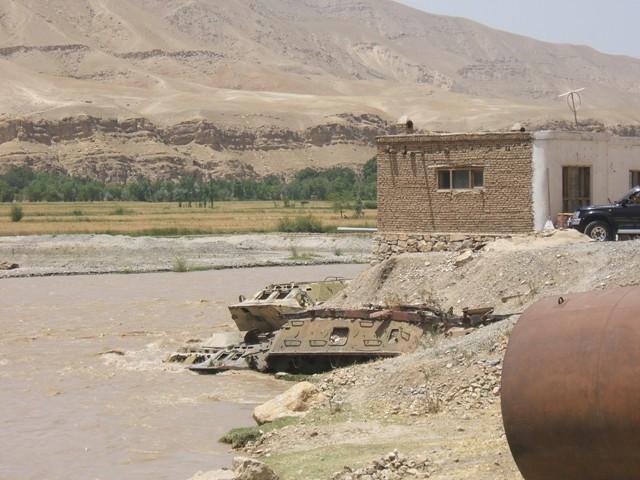
From Puli Khumri, it is about three hours of driving through one small hamlet after another. Moving off the main road in areas with no villages or towns is not a good idea. Every natural choke-point has an old Soviet command post, and the terrain around them could still be seeded with anti-personnel mines. Most of these areas have been cleared, but the sign below provides a warning that remains applicable today to the savvy traveler.
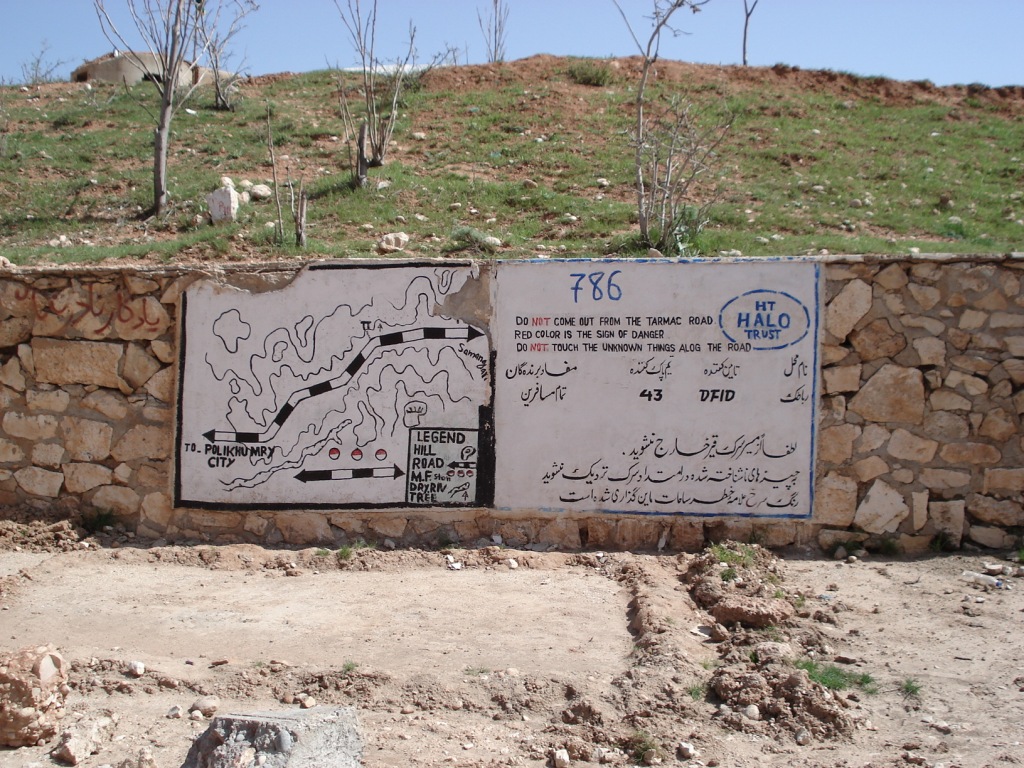
The Afghanistan state-controlled media back in the Soviet days called Soviet soldiers Quay Dhost, which means “friendly forces”. When we rolled up to Afghan police checkpoints, we’d smile and introduce ourselves as Quay Dhost, which generated a look of surprise followed by a big belly laugh. Afghans love jokes and funny foreigners who make an effort to speak Dari.
Mazar-i-Sharif is a small city famous for the Blue Mosque, which is supposed to contain the remains of Hazrat Ali, a son-in-law of the Prophet Mohammad. Islamic scholars believe Ali’s grave is in the Imam Mosque in Najaf, Iraq.
I have read and heard from the locals that the Mosque was buried to prevent its sacking by Genghis Khan in 1220 and not uncovered until the 1480s. I have no idea how the locals could have done that back then, but I also don’t know how the Egyptian Pyramids were built, so maybe it’s a true story. For us foreigners, this is as close as we can get to the Mosque, which is fine because the real treat when visiting the North is checking out the Kala Jangi fortress, which was the scene of a big fight on 25 November 2001.
There is also work in Mazar, which means looking after Ms Tani san of JICA, who runs the women’s empowerment program. The picture below shows Tani-san criticizing one of her women’s groups for slacking on keeping the cows and barn that the people of Japan provided clean and functional.

While she is in the villages, the police guard and I hang out with the village’s males, often sitting in the closest field for some nan and yogurt. If we check up on five villages, that’s five lunches of nan and yogurt and sometimes kabob that you can’t not eat because it’s impolite for guests to refuse hospitality. The life of an independent international security operative often looks like this:
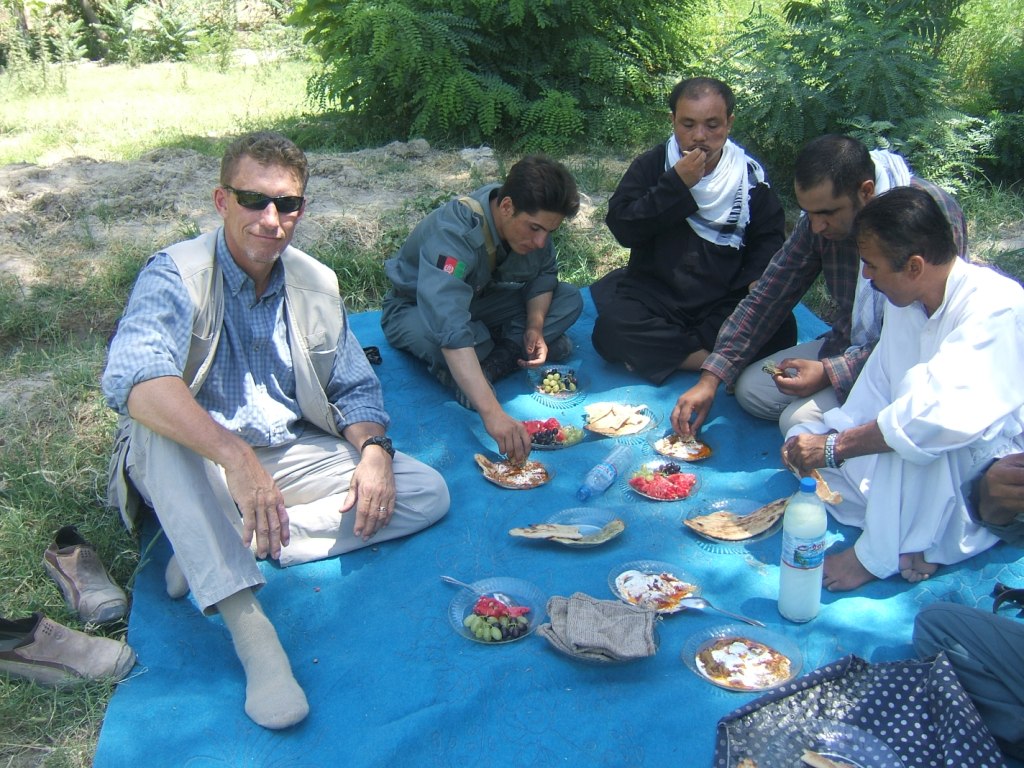
The eggplant we eat with the nan (bread) is called Borani Banjan and is delicious. It is greasy, as the day is long, but tasty. Our next stop will be the Fortress, but it deserves a post.
